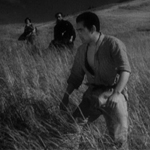
 Akira Kurosawa’s directorial debut SANSHIRO SUGATA, a.k.a. JUDO SAGA, is the judo saga of Sanshiro Sugata (Susumu Fujita, MOTHRA VS. GODZILLA). When we first meet Sanshiro he’s a stranger wandering into town, but he’s not a badass like our friend in YOJIMBO. He’s wide-eyed and naive and looking for a jujitsu teacher. Some locals point him to the nearby school of the instructor Momma (Yoshio Kosugi, 47 SAMURAI) where they’re sitting around complaining about their rival “Yano of the Shudokan” (Denjiro Okochi), who’s been calling jujitsu “judo” and getting alot of attention for it. I imagine they feel about this kind of like I felt when I first heard the word “blog,” or like we as a society feel when some ad tries to convince us that pizza can just be called “‘za.”
Akira Kurosawa’s directorial debut SANSHIRO SUGATA, a.k.a. JUDO SAGA, is the judo saga of Sanshiro Sugata (Susumu Fujita, MOTHRA VS. GODZILLA). When we first meet Sanshiro he’s a stranger wandering into town, but he’s not a badass like our friend in YOJIMBO. He’s wide-eyed and naive and looking for a jujitsu teacher. Some locals point him to the nearby school of the instructor Momma (Yoshio Kosugi, 47 SAMURAI) where they’re sitting around complaining about their rival “Yano of the Shudokan” (Denjiro Okochi), who’s been calling jujitsu “judo” and getting alot of attention for it. I imagine they feel about this kind of like I felt when I first heard the word “blog,” or like we as a society feel when some ad tries to convince us that pizza can just be called “‘za.”
They’re worried this word-coiner Yano is gonna get the gig they want instructing the police force, so they’re gonna ambush him tonight to “teach him a lesson,” and they let the new kid Sanshiro come along to see how fucking awesome these guys are that he’s about to learn from.
They surprise Yano on the dock and one by one they run at him and get tossed into the water. This being a night scene in black and white it’s really striking and sometimes looks like he’s tossing them into a black void. Once he’s gotten Momma into an armlock and made him beg to be killed to hide his shame of being defeated by a scoundrel, Sanshiro is like “You know what, maybe this Yano would have a better curriculum” and next thing you know he’s pulling the guy’s rickshaw back to his school.
There are some old timey movie techniques in this one (possibly to cover up scenes that were cut out) such as onscreen text that explains away major events and what 40 years later would’ve definitely been training montages. But there’s also some highly advanced uses of cinematic language, and one is the transition here. Before pulling the rickshaw he ditches his wooden sandals, and the camera stays on one of them as it sits in the street, gets rained on, snowed on, chewed on by a puppy, floats down a river. This tells us that time is passing, seasons are changing, and we know Sanshiro is nearby somewhere learning judo.
Much later the image of a wooden shoe becomes important again when he helps a woman (Yukiko Todoroki) with her broken shoe and they fall for each other. There’s a montage of little incidents where he bashfully passes her on the street or the stairs, and she always tries to talk to him. My favorite part of the sequence is when it cuts to Sanshiro’s closed umbrella on the stairs as he fixes the shoe. It emphasizes the chivalry of being willing to get wet to help her, and the sweetness of her tipping her own umbrella to cover him.

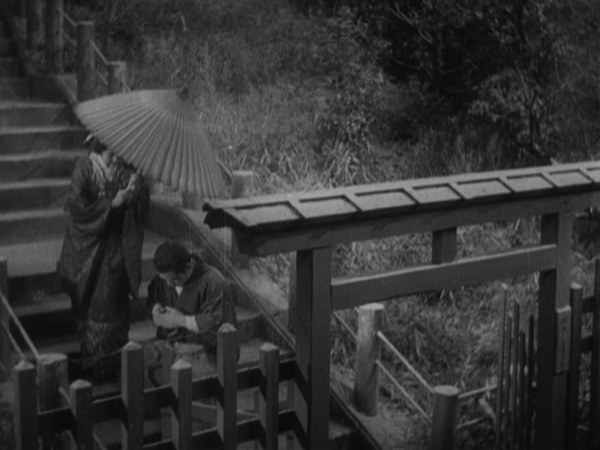
It’s cute, but I bet back in the day it would’ve been super fuckin hot. How do you hide a boner in those robes?
Anyway, Sanshiro the judo wrestler soon gets a chance to take on a bunch of guys at once just like his teacher did, but you’re not supposed to go out and get in fights, so he’s in big trouble, might get kicked out of the school. He kind of throws a tantrum, swearing over and over that he would die for his teacher, then he jumps into a pond and refuses to get out. I’m sure the rest of the school are thinking “oh jesus, what’s with this fuckin drama queen?,” but they seem to respect him for lasting through the cold night, clutching onto a wooden stake and staring at the moon. When he climbs out in the morning they treat him like he’s reborn. It’s like maybe he should’ve been thrown off that dock with the rest of the Momma school. Now he did and he’s climbed out back at square one.
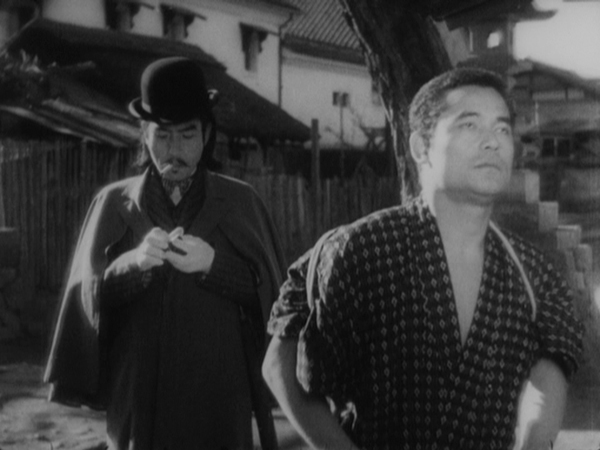 But he’s still on punishment and not allowed to accept a formal duel from Genzaburo Higaki (Ryunosuke Tsukigata, 13 ASSASSINS), whose decadence is signified by his western clothes and cigarettes (and later by using a rose as an ashtray). The school won’t let Sanshiro fight until he’s challenged to an exhibition match against his almost-teacher Momma, who he throws against a wall and accidentally kills. And here’s another brilliant transition: it cuts to children playing and singing a song about not messing with Sanshiro. The legend has spread. He’s become the Boogie Man.
But he’s still on punishment and not allowed to accept a formal duel from Genzaburo Higaki (Ryunosuke Tsukigata, 13 ASSASSINS), whose decadence is signified by his western clothes and cigarettes (and later by using a rose as an ashtray). The school won’t let Sanshiro fight until he’s challenged to an exhibition match against his almost-teacher Momma, who he throws against a wall and accidentally kills. And here’s another brilliant transition: it cuts to children playing and singing a song about not messing with Sanshiro. The legend has spread. He’s become the Boogie Man.
Of course this is all leading to grudge matches and duels to the death to defend the economically syllabled name of judo. One with an old man named Murai (Takashi Shimura, GOJIRA, SEVEN SAMURAI) in the police tournament and one with fucking Higaki. Things are complicated by finding out that the girl who’s been mildly flirting with him is Murai’s devoted daughter. When Sanshiro discovers this he makes an excuse to leave but then decides to turn back around and fess up that he’s the guy she’s been praying for dear old dad to defeat. As shy and as awkward as he is with this courtship he has too much pride to get into some romantic comedy type deception trap.
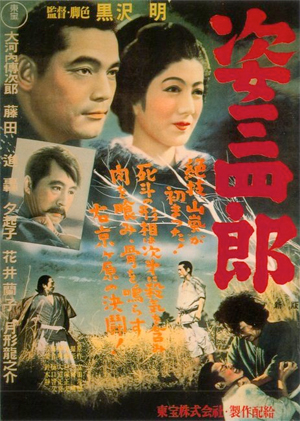 The fights are cool, different from most martial arts movies because they’re grappling based. It’s all about maneuvering to grab your opponent and throw him, or occasionally roll him. No punching or kicking. That makes the duel-to-the-death aspect hard to believe, but the novelty of it is worth it. There is sportsmanship. There is fight brotherhood. And there is an eerie duel in a field of tall grass during a windstorm. Also Sanshiro develops an odd trademark: he’s the guy who’s better at fighting than everyone else, but wears a tattered gi covered in patches. He and Murai share a laugh about it when he crouches down to bow and his pants rip at the knee. The Momma school said Yano was just trying to make money off of judo, but there’s no sign of that working out for his best student. That seems to position Sanshiro as a judo hero for the common man, but to be honest I think he’s just kind of a slob.
The fights are cool, different from most martial arts movies because they’re grappling based. It’s all about maneuvering to grab your opponent and throw him, or occasionally roll him. No punching or kicking. That makes the duel-to-the-death aspect hard to believe, but the novelty of it is worth it. There is sportsmanship. There is fight brotherhood. And there is an eerie duel in a field of tall grass during a windstorm. Also Sanshiro develops an odd trademark: he’s the guy who’s better at fighting than everyone else, but wears a tattered gi covered in patches. He and Murai share a laugh about it when he crouches down to bow and his pants rip at the knee. The Momma school said Yano was just trying to make money off of judo, but there’s no sign of that working out for his best student. That seems to position Sanshiro as a judo hero for the common man, but to be honest I think he’s just kind of a slob.
Kurosawa adapted this from a novel by Tsuneo Tomita, who based the character of Sanshiro on a guy named Saigo Shiro, who was, along with his father Tsuneijiro Tomita, one of the first students of judo founder Kano Jigoro. I like that there are all these movies based on legends about real martial artists. Ip Man, Bruce Lee, the guy that Sonny Chiba played in his KARATE trilogy. I suspect all of them are more bullshit than history, lionizing normal, flawed human beings through a combination of the biased perspectives of their students, the snowballing exaggeration of tall tales and folk stories, and the sensationalistic instincts of movie-making. But they’re good inspirational stories, emphasizing the importance of wisdom, practice, discipline, honor, courage, perserverance, and innovation. They remind us to find good teachers to learn from, to respect elders and maintain traditions, but also to challenge a status quo that prohibits progress.
And maybe SANSHIRO SUGATA would’ve taught us other stuff too, or at least propagandized something different to us, except the Japanese government cut 17 minutes out of it that was never recovered. During the war they made sure Kurosawa promoted certain stubborn principles and then after the war they were embarrassed by that and cut them out. Every asshole’s got an opinion, huh? They shoulda just noticed that this rookie was amazing and let him be from the get go. But despite whatever compromises were made or whatever sections were lost, what remains of the movie is a classic.

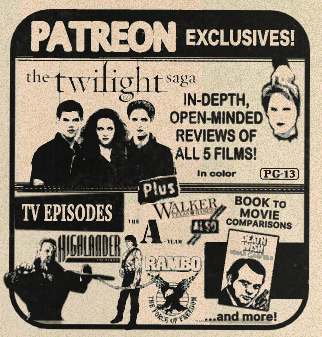

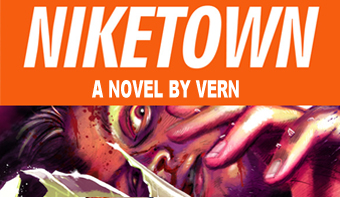
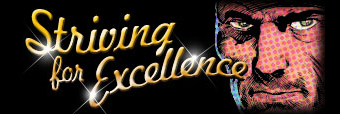
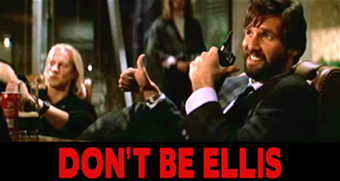

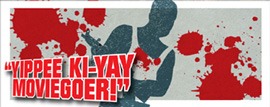








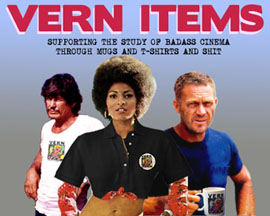
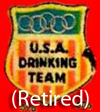
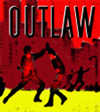







March 10th, 2015 at 9:48 pm
I don’t really have anything to add except that out of the boxed set of early Kurosawa films, I’ve only watched this movie and its sequel. The both show the promise of what a master of cinema AK would become. It’s really cool to see Vern reaching way back to films like this, though I also hope Walter Hill’s HARD TIMES will be included in this series. At least, I don’t think it’s been reviewed yet.